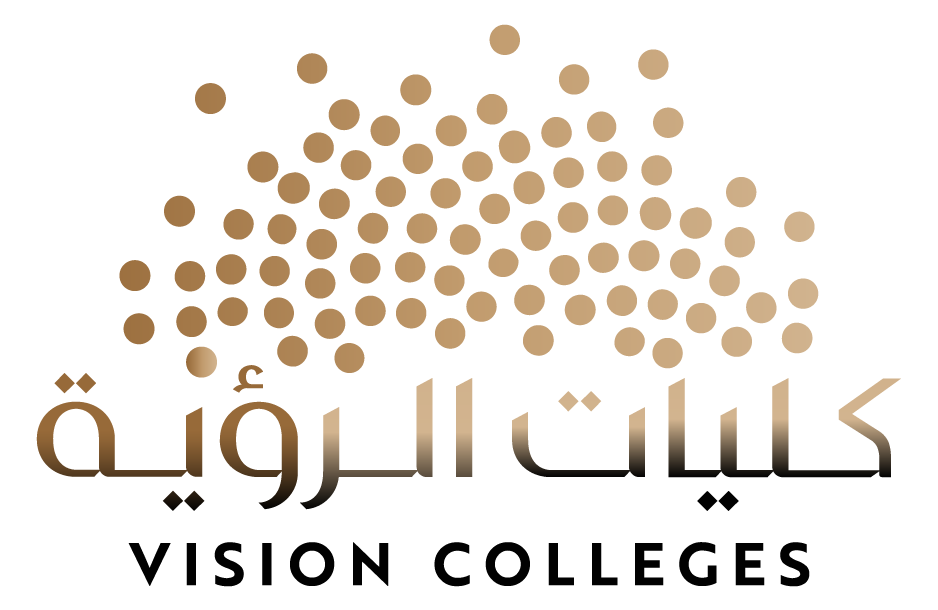The Awareness of Developmental Dysplasia of the Hip Among Al Jouf Region Population After the Establishment of Saudi National Hip Dysplasia Program in 2018
DOI:
https://doi.org/10.54293/smhj.v5i2.141Keywords:
Developmental dysplasia of the hip, Infants, awareness, Saudi ArabiaAbstract
Introduction:
Developmental Dysplasia of the Hip (DDH), also known as congenital dislocation of the hip, occurs in infancy or early childhood and ranges from mild dysplasia to complete dislocation. Known risk factors include family history, female gender, breech presentation, and firstborn status. In Saudi Arabia, studies highlight gender and familial associations, emphasizing the importance of public awareness for early detection and intervention.
Objective:
This study aims to assess the community’s level of awareness regarding DDH among the population in the Al Jouf region of Saudi Arabia, with a focus on knowledge of risk factors, treatment options, and potential complications.
Methodology:
A cross-sectional study was conducted in Al Jouf using convenience sampling among adults aged 18 and above. Data were collected through a self-administered questionnaire and analyzed using IBM SPSS version 29.
Results:
A total of 386 participants were included, with females comprising 67.4% and the majority aged 18–25 years. Overall, 76.2% had heard of DDH. Key information sources included injured relatives (41.1%) and the internet (25.6%). Major identified risk factors were postnatal child lifestyle (41.2%) and breech presentation (39.4%). Surgical intervention was the preferred treatment for older children. Significant predictors of awareness included male gender (OR=0.449, p=0.002), Sakaka region residence (OR=1.237, p=0.016), Saudi nationality (OR=5.497, p=0.017), higher education (OR=1.646, p=0.018), health-related occupation (OR=2.322, p=0.004), and family history of DDH (OR=3.327, p<0.0001).
Conclusion:
The study shows a high level of DDH awareness in Al Jouf, with several demographic and familial factors significantly influencing knowledge levels. These findings support the need for targeted educational interventions.
Downloads
Published
How to Cite
Issue
Section
License
Copyright (c) 2025 Saudi Medical Horizons Journal

This work is licensed under a Creative Commons Attribution 4.0 International License.



